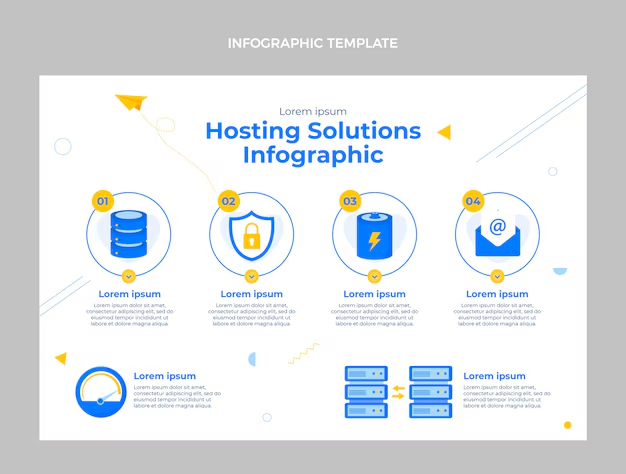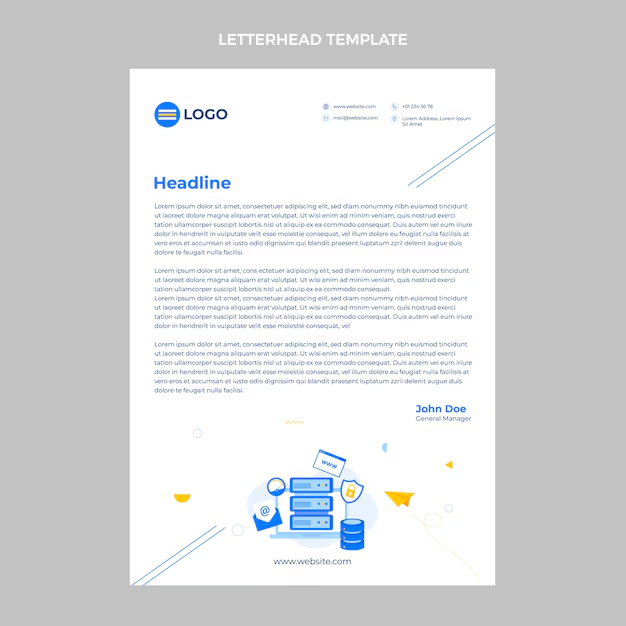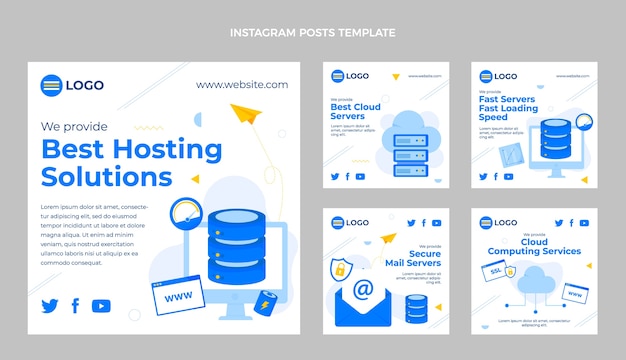Advantages of SVG Graphics
1. Scalability Without Quality Loss
SVGs are resolution-independent. This means they look sharp on any screen — from mobile devices to 4K monitors — without becoming pixelated. Perfect for responsive designs.
2. Smaller File Sizes
Because SVGs are defined by mathematical paths instead of pixels, they usually have smaller file sizes than raster images, especially for logos, icons, and simple illustrations.
3. Editability and Customization
SVG files can be opened and edited directly in text editors or design tools like Figma, Illustrator, or Inkscape. Developers can even tweak shapes, colors, and animations using CSS or JavaScript.
4. Animation and Interaction
SVGs integrate smoothly with web technologies, enabling interactive and animated effects. For example, hover animations, stroke drawings, or scroll-based reveals can all be achieved with SVG and CSS.
5. SEO and Accessibility Benefits
Because SVGs are code-based, search engines can read them, improving SEO potential. You can also add titles and descriptions for better accessibility.
Disadvantages of SVG Graphics
1. Complex Images = Large Files
While SVGs are great for simple shapes, complex illustrations or photos can produce very large file sizes, slowing down load times.
2. Browser Compatibility Issues
Most modern browsers support SVG, but older browsers (especially Internet Explorer versions) may not fully handle all SVG features or animations.
3. Security Risks When Inline
Embedding SVGs directly into HTML can pose security risks if they contain malicious scripts. Always sanitize SVG files before using them inline.
4. Not Ideal for Photos
SVGs don’t handle raster data well, making them unsuitable for detailed images or photographs — formats like JPEG or WebP are better suited for that.
When to Use SVG
✅ Use SVG for:
-
Logos and icons
-
Charts, graphs, and infographics
-
UI illustrations
-
Animated or interactive web graphics
❌ Avoid SVG for:
-
Photographs or textures
-
Extremely detailed art
-
Performance-heavy sites with thousands of vector shapes
Conclusion
SVG graphics provide crisp visuals, lightweight performance, and flexible design possibilities — making them indispensable for modern websites.
However, they’re not a one-size-fits-all solution. Understanding when and how to use SVGs effectively will help you balance quality, performance, and compatibility in your digital projects.




